What is Gum Whitening
Gum whitening, often overlooked in the pursuit of a dazzling smile, focuses on lightening the color of your gums. While teeth whitening is a common cosmetic procedure, gum whitening addresses discoloration that can make your teeth appear less bright and your smile less appealing. The natural color of gums can vary, ranging from a healthy pink to darker shades due to various factors. Whether the discoloration is caused by genetics, lifestyle choices, or underlying health conditions, gum whitening offers a way to achieve a more uniform and aesthetically pleasing gum line. This procedure aims to restore the natural pink hue of your gums, thereby enhancing the overall appearance of your smile and boosting your confidence.
Causes of Dark Gums
Understanding the causes of dark gums is crucial for determining the most appropriate treatment options. Several factors can contribute to gum discoloration, including genetics, lifestyle choices, and underlying health conditions. Recognizing these causes not only helps in choosing the right whitening method but also in preventing future discoloration. Addressing the root causes can lead to more effective and long-lasting results, ensuring a healthy and radiant smile. It is important to consult with a dentist to identify the specific factors affecting your gum color and to create a tailored plan to address your unique needs.
Genetics
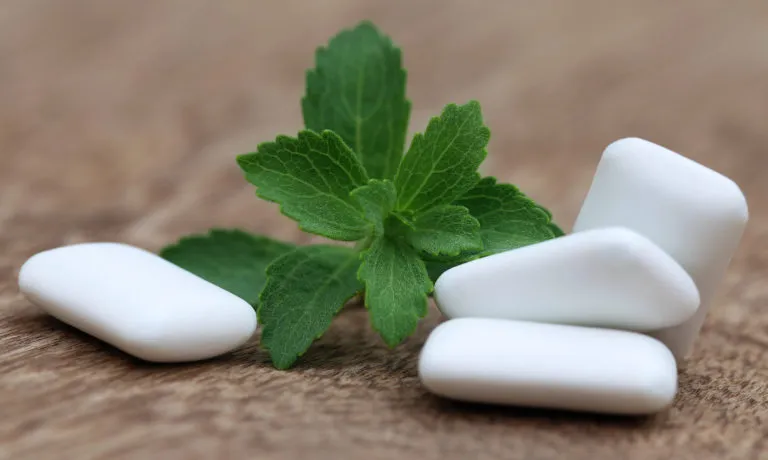
Genetic predisposition plays a significant role in determining gum color. Some individuals are simply born with darker gums due to the presence of melanin, the pigment responsible for skin and hair color. If your parents or other family members have darker gums, it’s likely you might too. This doesn’t necessarily indicate a health problem, but it can affect the overall appearance of your smile. While you cannot change your genetic makeup, understanding this factor can help you manage your expectations and make informed decisions about gum whitening treatments. Consult with a dentist to determine the best course of action if your gums are naturally darker and you desire a lighter shade.
Smoking and Tobacco Use
Smoking and the use of tobacco products are major contributors to gum discoloration. Nicotine and other chemicals in tobacco can stain the gums, causing them to turn brown or black. The severity of the discoloration depends on the frequency and duration of tobacco use. Smoking also reduces blood flow to the gums, which can lead to inflammation and further darkening. Quitting smoking is one of the most important steps you can take to improve your gum health and reverse discoloration. Professional gum whitening treatments, combined with cessation, can significantly enhance the appearance of your gums. Regular dental checkups can also help monitor gum health and detect any tobacco-related issues early on.
Certain Medications
Some medications can cause gum discoloration as a side effect. Certain antibiotics, such as minocycline, and other drugs can lead to hyperpigmentation, resulting in darker gums. The extent of discoloration varies depending on the medication and individual sensitivity. If you suspect that your gums are discolored due to medication, consult with your dentist and your prescribing doctor. They can assess the situation and determine if there are alternative medications or treatment options available. Gum whitening procedures might be effective in improving the appearance of your gums, but it’s essential to address the underlying cause to prevent future discoloration. Always inform your dentist about all medications you are taking to ensure appropriate care and treatment.
Gum Disease
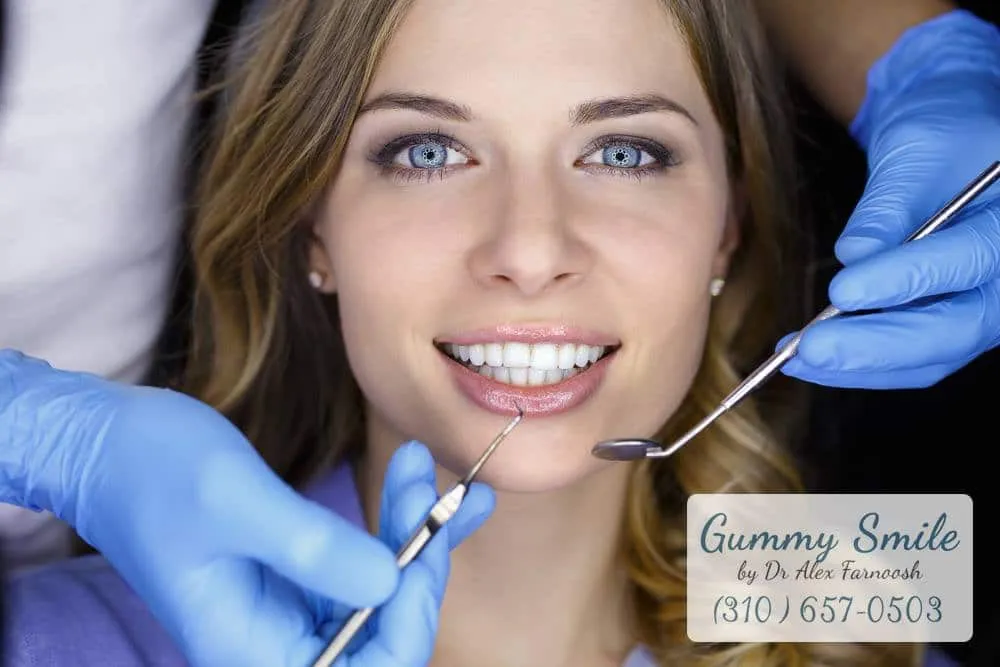
Gum disease, or periodontal disease, can also cause changes in gum color. Inflammation and infection associated with gum disease can lead to redness, swelling, and even darker gums. This is often accompanied by bleeding gums, bad breath, and other symptoms. Early detection and treatment of gum disease are crucial for preventing further damage to your gums and teeth. Professional dental cleanings, scaling, and root planing can help remove plaque and tartar buildup that contributes to gum disease. In some cases, antibiotics or other treatments might be necessary. Maintaining good oral hygiene, including regular brushing, flossing, and dental checkups, can help prevent and manage gum disease, thereby improving the appearance and health of your gums.
Gum Whitening Procedures
Several professional procedures are available to whiten gums and enhance your smile. These treatments are typically performed by dentists or dental professionals and offer more immediate and often more effective results than home remedies. The choice of procedure depends on the severity of the discoloration and the individual’s specific needs. Consulting with a dentist is essential to determine the most appropriate treatment plan for your situation. Professional treatments often provide long-lasting results and can improve both the appearance and the health of your gums, leading to a more confident and attractive smile. It’s important to follow your dentist’s post-treatment instructions to maintain the results and ensure the longevity of your gum whitening procedure.
Professional Gum Whitening
Professional gum whitening involves several methods to lighten the gums. One common approach is the use of bleaching agents specifically designed for gum tissue. These agents are applied directly to the gums by a dental professional, and the process is carefully monitored to ensure safety and effectiveness. The concentration of the bleaching agent and the duration of the treatment are customized to the individual’s needs and the severity of the discoloration. Professional gum whitening offers more predictable and often faster results compared to home remedies. The dentist will typically evaluate the health of your gums before starting the procedure to ensure that it’s safe and appropriate for you. This method is ideal for individuals looking for a significant improvement in gum color and overall smile aesthetics.
Laser Gum Whitening

Laser gum whitening is an advanced technique that uses laser energy to lighten the gums. This procedure involves applying a whitening agent to the gums, followed by the use of a laser to activate the agent. The laser helps to accelerate the whitening process and can provide more precise and controlled results. Laser treatments are often considered more comfortable and less invasive than other methods, offering a quicker recovery time. The dentist can target specific areas of discoloration, providing a more customized treatment. This method is especially beneficial for individuals with localized dark spots or uneven gum pigmentation. Laser gum whitening is a popular option for those seeking efficient and effective results, with the added benefit of improved precision and comfort during the procedure.
Chemical Peels
Chemical peels can be used to whiten gums by exfoliating the surface layer of the gum tissue. These peels typically contain mild acids that remove the discolored outer layer, revealing a healthier, lighter layer underneath. The dentist applies the chemical solution to the gums, allowing it to work for a specific period before rinsing it off. This procedure is often painless and can be performed in a single session, with noticeable results. Chemical peels are particularly effective for treating superficial discoloration caused by factors like smoking or certain medications. The dentist can assess your gums to determine if you are a good candidate for this treatment, considering factors like the severity of discoloration and overall gum health. After the procedure, it’s essential to follow your dentist’s aftercare instructions to promote healing and maintain the results. Chemical peels provide a non-invasive option for those seeking to improve the appearance of their gums and achieve a brighter smile.
Home Remedies for Gum Whitening
Several home remedies can help lighten the gums, but it’s important to approach these methods with caution and consult with your dentist before trying them. While some remedies might offer subtle improvements, they often aren’t as effective as professional treatments and can potentially cause harm if not used correctly. These methods typically involve natural ingredients and practices aimed at improving gum health and reducing discoloration. Before trying any home remedy, it’s important to understand the potential risks and limitations. A dentist can provide guidance and ensure that any home treatments you consider are safe and appropriate for your specific needs. Consistency and proper oral hygiene practices are crucial when using home remedies, but remember that professional care often provides the most significant and reliable results.
Oil Pulling
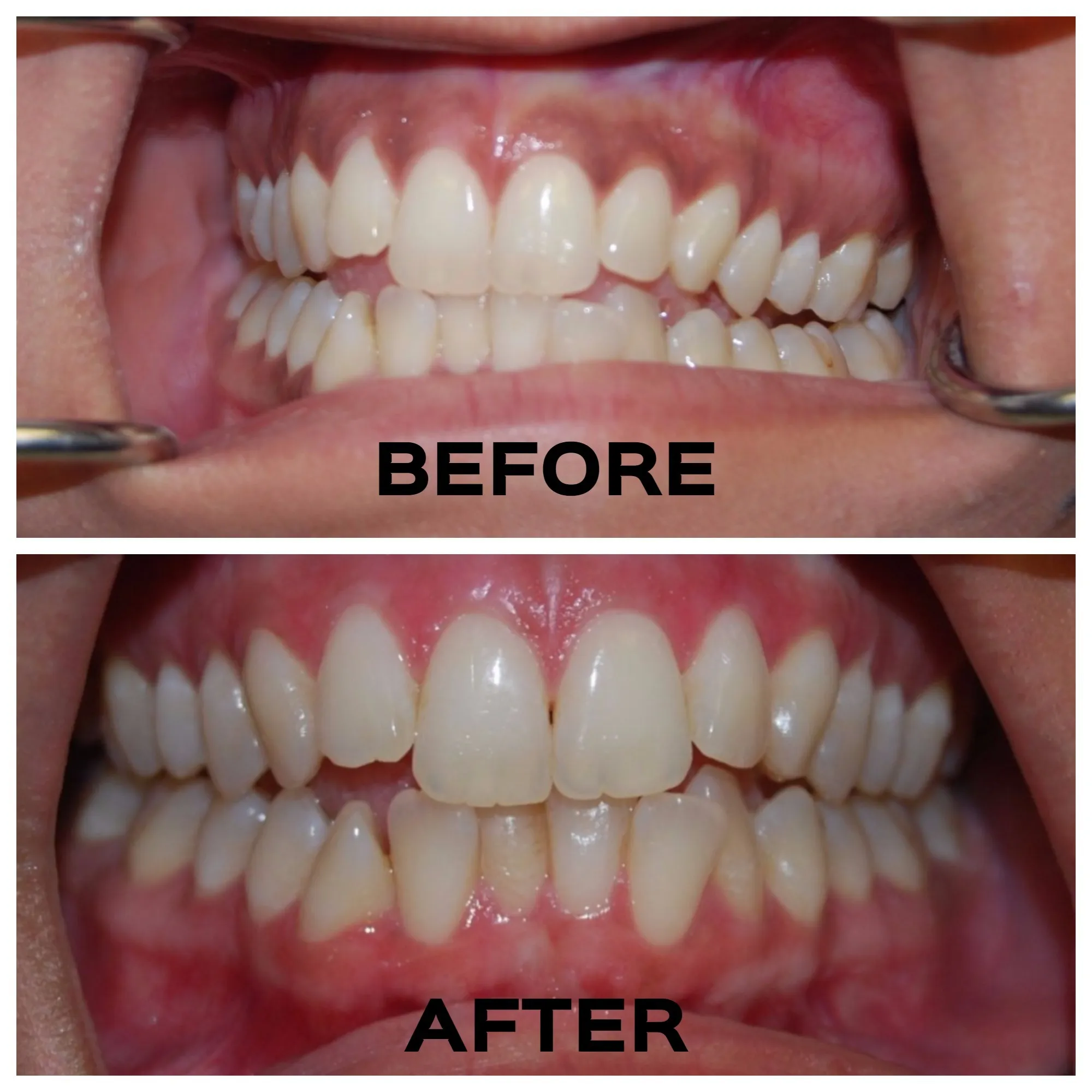
Oil pulling is an ancient Ayurvedic practice that involves swishing oil, typically coconut oil, in the mouth for a certain period, usually 15-20 minutes. The oil is thought to draw out toxins and bacteria, which can improve overall oral health and potentially reduce gum discoloration. While the scientific evidence supporting oil pulling for gum whitening is limited, some people find it helpful in maintaining oral hygiene and improving the appearance of their gums. It’s important to use high-quality, cold-pressed oil and to avoid swallowing the oil during the process. After oil pulling, rinse your mouth thoroughly with water and brush your teeth as usual. Oil pulling can be a complementary practice to your regular oral hygiene routine, but it should not replace brushing, flossing, and regular dental checkups. If you’re considering oil pulling for gum whitening, discuss it with your dentist to ensure it’s safe and appropriate for your dental health.
Turmeric Paste
Turmeric, a spice known for its anti-inflammatory and antioxidant properties, is sometimes used as a home remedy for gum whitening. A paste made from turmeric powder and water can be applied to the gums and left for a few minutes before rinsing. The idea is that turmeric can help reduce inflammation and potentially lighten gum discoloration. While some users report positive results, the effectiveness of turmeric for gum whitening can vary, and more scientific research is needed to support its benefits. Always use a small amount of turmeric paste, as excessive use could potentially stain teeth. It’s essential to consult with your dentist before using turmeric or any other home remedies, as they can advise on the best approach for your individual needs and oral health conditions. Turmeric is not a substitute for professional dental care, but it may be a helpful addition to your oral hygiene routine.
Baking Soda
Baking soda is a mild abrasive that can be used to remove stains and potentially lighten the gums. Brushing your teeth with baking soda can help remove surface stains and plaque. However, it is important to use baking soda with caution, as excessive use could damage the enamel of your teeth and irritate your gums. Mix baking soda with water to form a paste and brush gently. Avoid brushing too vigorously to prevent enamel erosion and gum recession. It’s best to use baking soda occasionally, not as a daily practice. Always consult with your dentist before using baking soda to whiten your gums, especially if you have sensitive teeth or gum issues. Your dentist can recommend the proper technique and frequency to ensure safe and effective use. Baking soda can be a helpful addition to your oral hygiene routine but should not replace regular brushing and flossing with fluoride toothpaste.
Preventing Gum Discoloration
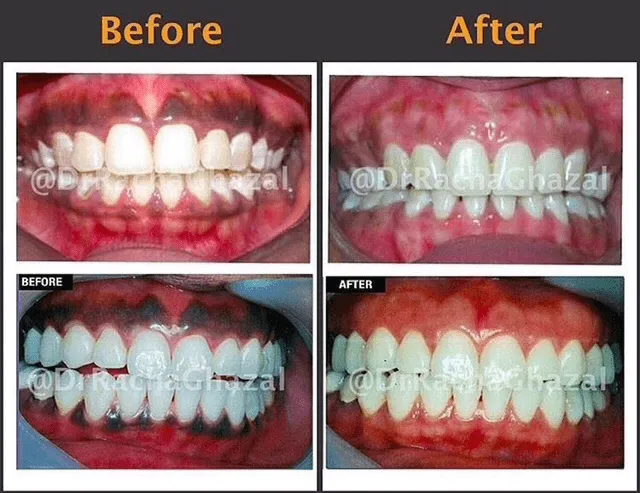
Preventing gum discoloration is crucial for maintaining a healthy and attractive smile. Several preventive measures can help you maintain the natural pink color of your gums. These include practicing good oral hygiene, visiting your dentist regularly, and avoiding habits that contribute to discoloration. Implementing these preventative strategies can help you avoid costly treatments and maintain a bright and confident smile. By taking proactive steps, you can protect your gums and enjoy optimal oral health for years to come. Regular check-ups with a dentist can also help identify and address any potential issues early on.
Maintain Good Oral Hygiene
Maintaining good oral hygiene is essential for preventing gum discoloration. This involves brushing your teeth at least twice a day with fluoride toothpaste, flossing daily to remove plaque and food particles from between your teeth, and using an antiseptic mouthwash to reduce bacteria. Proper oral hygiene helps prevent gum disease, which can lead to darker gums. Ensure you use a soft-bristled toothbrush and brush gently to avoid irritating your gums. Pay attention to the gum line when brushing to remove plaque effectively. Additionally, consider using an interdental brush or floss picks to clean hard-to-reach areas. A consistent and thorough oral hygiene routine can significantly reduce the risk of gum discoloration and contribute to a healthier and more attractive smile. Make it a daily habit to protect your gums and teeth.
Regular Dental Checkups
Regular dental checkups and cleanings are vital for preventing gum discoloration and maintaining overall oral health. During these visits, your dentist can identify early signs of gum disease, plaque buildup, and other issues that may cause discoloration. Professional cleanings remove plaque and tartar that cannot be removed by brushing and flossing, preventing inflammation and gum darkening. Your dentist can also provide personalized advice on improving your oral hygiene habits. Regular checkups allow for early intervention and treatment of any problems, preventing the progression of gum disease and preserving the health and appearance of your gums. Aim to schedule dental checkups every six months or as recommended by your dentist. This proactive approach helps you maintain a healthy and vibrant smile.
Avoid Smoking and Tobacco
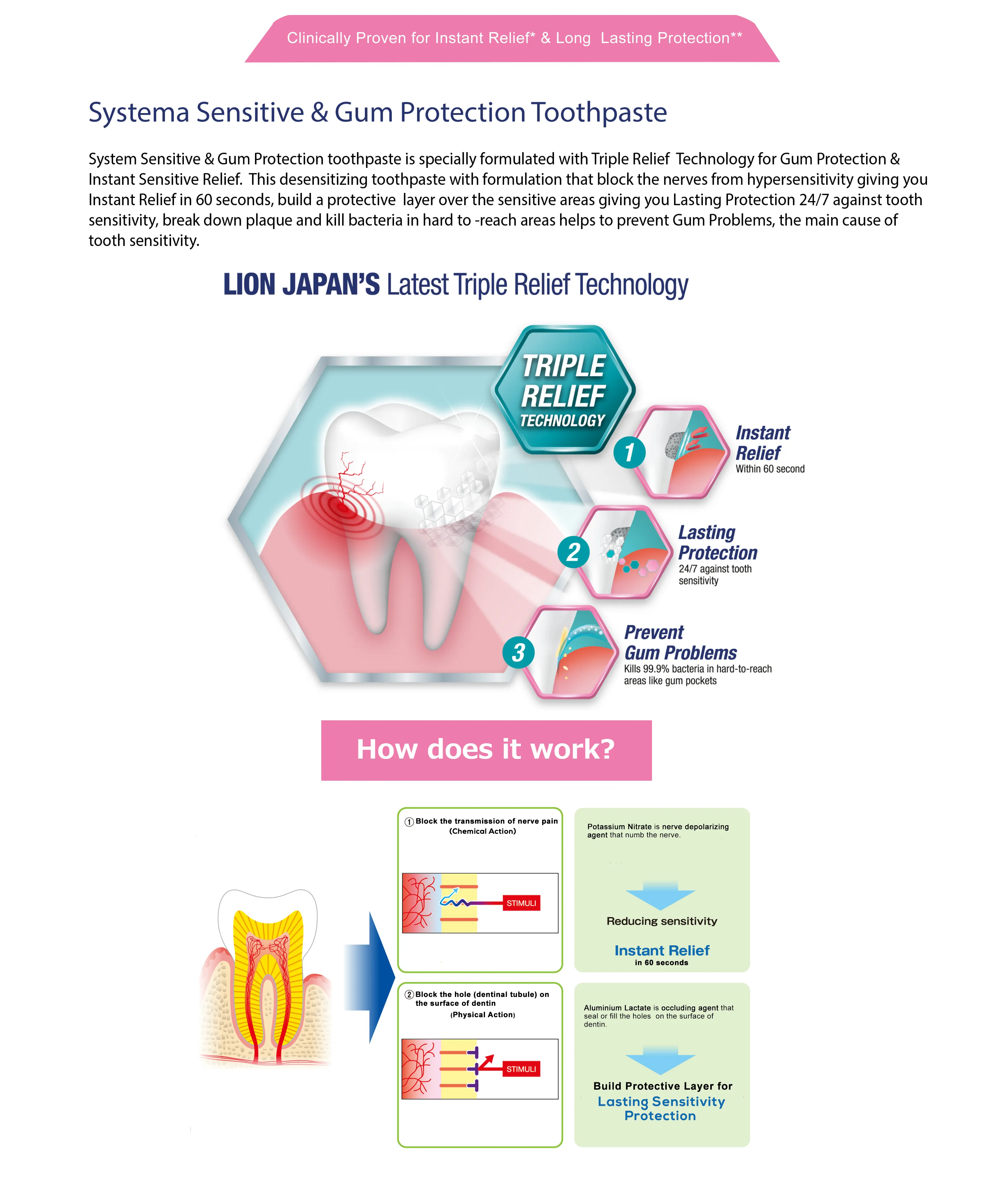
Avoiding smoking and tobacco products is one of the most effective ways to prevent gum discoloration. The chemicals in tobacco products can stain the gums, causing them to turn brown or black. Smoking also reduces blood flow to the gums, making them more susceptible to inflammation and disease. Quitting smoking not only improves the appearance of your gums but also significantly reduces your risk of developing various oral health problems, including gum disease, tooth loss, and oral cancer. If you smoke, consider seeking support from your doctor or a smoking cessation program to help you quit. Within a few weeks of quitting, you will begin to notice improvements in the color and health of your gums. Avoiding tobacco products is a crucial step towards achieving a healthier and more aesthetically pleasing smile.
Conclusion
Gum whitening offers a transformative solution for achieving a brighter, more confident smile. By understanding the causes of gum discoloration, exploring various treatment options, and adopting preventive measures, you can effectively address this often-overlooked aspect of oral health. Whether you opt for professional procedures or consider home remedies, remember to prioritize the health and safety of your gums. Consult with a dentist to determine the best approach for your individual needs and to ensure long-lasting results. With the right care and attention, you can enjoy a healthy, vibrant smile that radiates confidence and enhances your overall well-being. Embrace the journey toward a brighter smile, and take the first step towards a more confident you.
